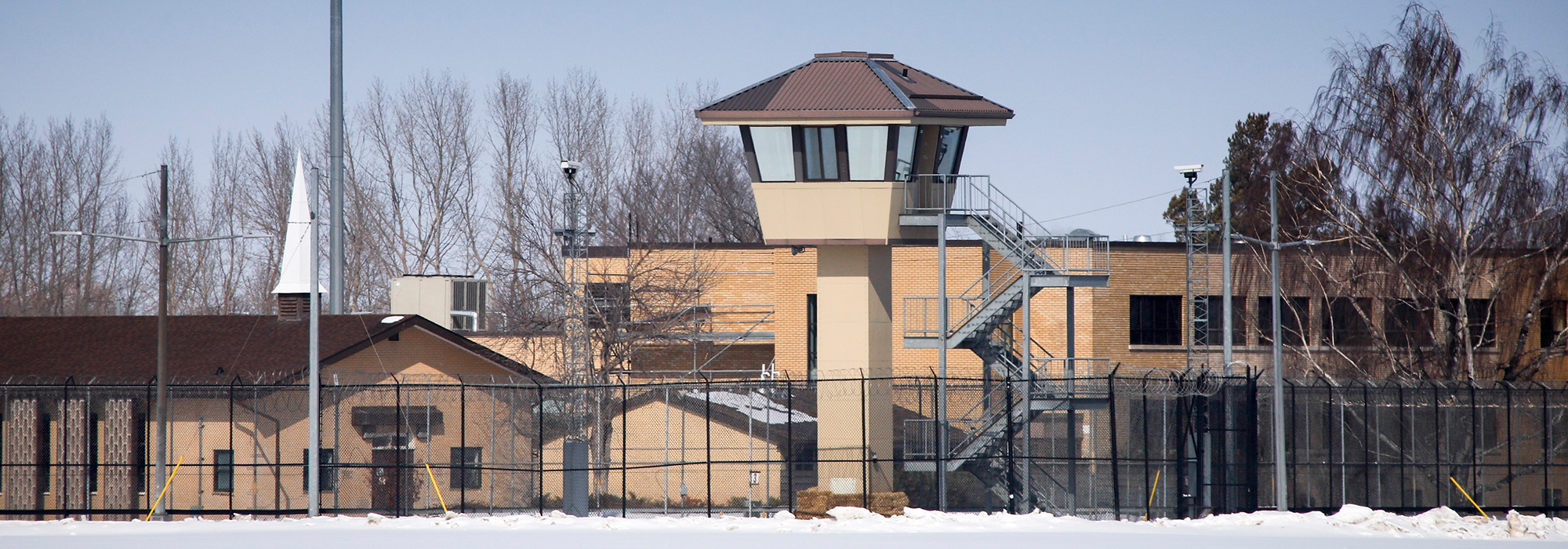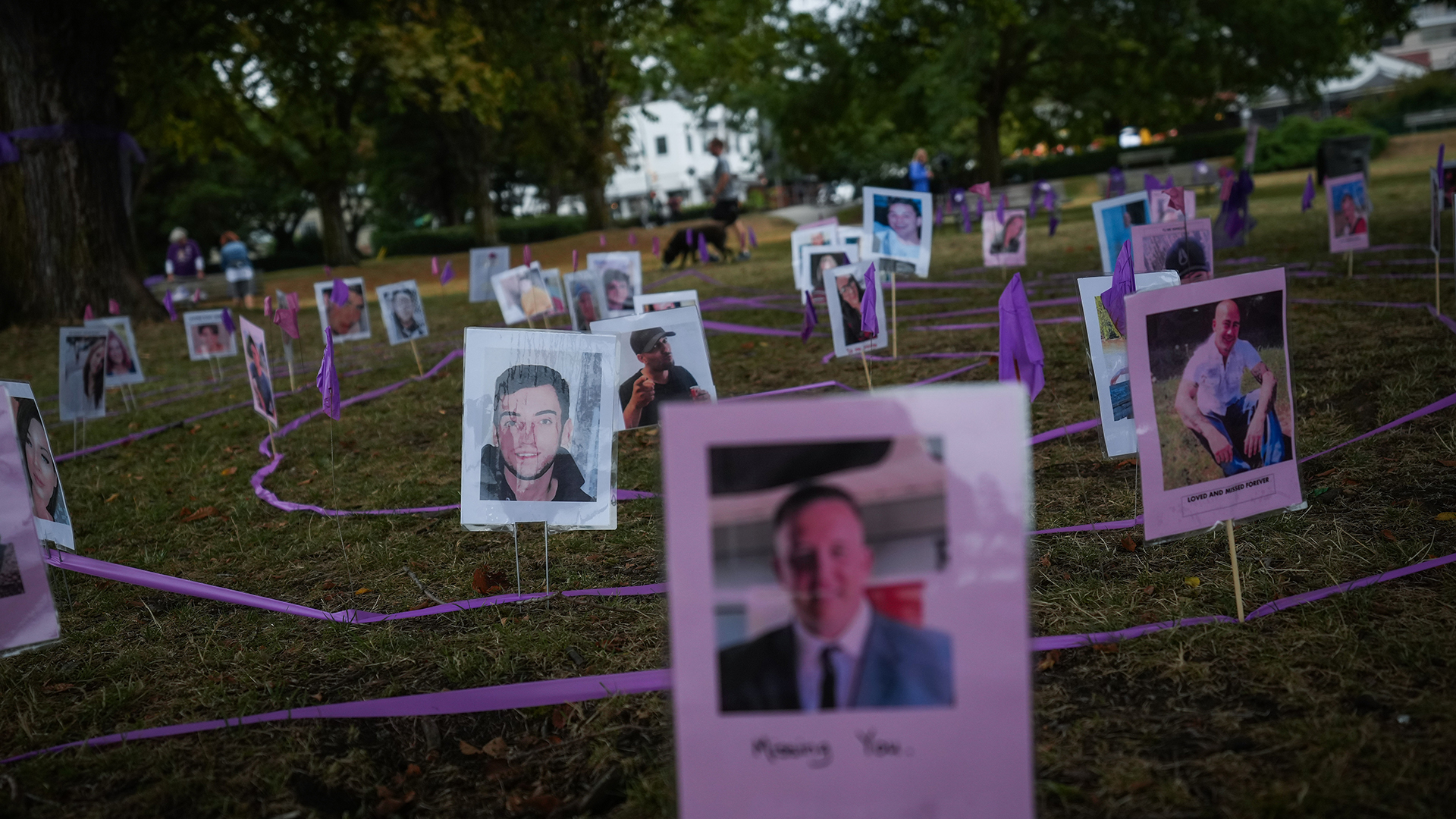
The UN High Commissioner for Human Rights has called on governments to take urgent action to contain the COVID-19 pandemic in institutions with vulnerable populations, including residential care homes, psychiatric hospitals and prisons.
“With outbreaks of the disease, and an increasing number of deaths, already reported in prisons and other institutions in an expanding number of countries, authorities should act now to prevent further loss of life among detainees and staff,” Michelle Bachelet said on March 25, echoing the apprehensions of the World Health Organization. “Imprisonment should be a measure of last resort, particularly during this crisis.”
So what is happening in Canada’s prisons? One of the many physicians and other medical professionals who have reached out to us summarized the situation as follows: “I do not generally use alarmist language, but the elements are in place for an enormous calamity.”
This physician pointed to various elements conspiring to create this emergency in prisons: underlying medical (especially cardiorespiratory) conditions of prisoners, overcrowded quarters, the inability to implement social distancing, shared sanitation and toileting facilities, and shared dining and gathering spaces. And outside the prisons, the physician warned, provinces like Ontario are less than a month away from full occupancy of ICU units and other hospital beds. There remains an extremely narrow but vital window of time to act to protect both prisoners and staff, and this action must be decisive.
“Simple recommendations that cannot be implemented [in correctional facilities] — like improving hand hygiene or increasing social distancing or preventing gatherings of more than 15 people — are totally insufficient and will fail to prevent deaths,” the physician stressed. “This is what public health authorities will recommend. Cough into your sleeve, wash your hands, and die.”
Most of us have done something that is against the law, but most of us did not end up in prison. If you break the law but have resources and power, you are less likely to end up in jail. If you’re poor, homeless, racialized, living in violence or with the ravages of the intergenerational trauma of residential school and colonial inequity, and anesthetizing yourself to such pain with drugs or alcohol, you are more likely to get prison than you are to get treatment, housing, retraining or employment.
Of the 40,000 Canadians in federal, provincial and territorial prisons, too many are at particular risk due to COVID-19. In federal prisons, more than one in four prisoners are over 50, and more than one in seven have a respiratory illness or hypertension. Too many suffer from such chronic and already potentially terminal illnesses as diabetes, heart disease and cancer. Others have brain injuries, intellectual disabilities and dementia. Many have mental health issues.
On March 19, we had the first report of a correctional officer testing positive for COVID-19. Despite ideal conditions for the spread of the virus, very few prisoners have been tested, but some are testing positive.
While staff go in and out of prisons on a daily basis, programs and visits have been terminated and prisoners are subject to lockdowns and other forms of confinement. Such measures not only fail to address public health risks but, as we know from all the research on solitary confinement, can create or exacerbate mental health challenges, generate loss of hope and fuel desperate actions.
Staff in federal prisons are already seeking exemptions from work under the Canada Labour Code because of concerns about unsafe working conditions. They recognize that current conditions will result in rapid and certain spread of the disease, not just within prisons but into communities beyond.
We must find ways to prevent new admissions to prisons. The goal is to create enough space inside to improve hygiene and increase the possibility of adequate health care.
The public health risks to all Canadians of abandoning prisoners and staff in overcrowded and underprepared prisons are both significant and preventable. Several measures could be accomplished without any changes to laws, simply by making full use of the options and alternatives that are already available.
Doctors are increasingly recommending an urgent strategy to identify individuals who can be released immediately and safely. At the same time, we must find ways to prevent new admissions to prisons. The goal is to create enough space inside to improve hygiene and increase the possibility of adequate health care.
Public Safety Minister Bill Blair has asked the Correctional Service of Canada and the Parole Board of Canada for advice on releasing prisoners. Canada’s laws provide him with many options for releasing all minimum security, elderly and ill prisoners from federal prisons. In addition to the Royal Prerogative of Mercy, such legislative provisions as sections 29, 81, 84, 116 and 121 of the Corrections and Conditional Release Act were specifically created to move people out of prisons to address health issues, for other personal development, for compassionate reasons or for work. Sections 81 and 84 provide for the transfer of Indigenous prisoners to Indigenous communities but could be applied to others as well.
In response to the pandemic, all temporary absences for federal prisoners have been terminated. These opportunities for work releases and community passes could instead be used to allow some families and communities to immediately accommodate their loved ones in the community. Community residential facilities and nongovernmental organizations could be funded to provide additional community accommodation and support. It would cost a fraction of what incarceration does.
Many communities, in particular many rural, remote and Indigenous communities, need health clinics, testing centres and housing to alleviate the current crisis as well as pre-existing inequities. Given the opportunity, communities and construction companies could be provided with resources and prisoners could volunteer to assist with the work needed to put this infrastructure in place.
Provinces and territories including Newfoundland and Labrador, Nova Scotia, PEI, Ontario, Saskatchewan, Manitoba and the Northwest Territories have taken some steps to review the necessity of detention or to release prisoners from provincial or territorial custody, including those who are ill, elderly, nearing the end of their sentences or serving sentences only on weekends. Countries including the United States, Australia, Britain, Italy, Germany and Poland are releasing or planning to release some prisoners.
Right now, Canada’s federal prisons are lagging far behind. Canada can and should be a leader internationally. If we act now, we can and we will save lives. The alternative is quite frankly unthinkable and will haunt us forever.
This article is part of the The Coronavirus Pandemic: Canada’s Response special feature.
Photo: Shutterstock, by Ken Felepchuk.









